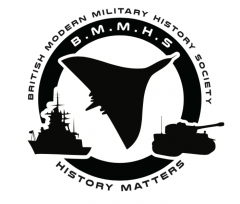The loss of Halifax VII, NP681 of 426 (Thunderbird) Squadron RCAF.
To mark the 75th anniversary of the loss of Halifax VII, NP681 of 426 (Thunderbird) Squadron, Royal Canadian Air Force that crashed at Newnham Manor Farm, Crowmarsh Gifford.

9th September 1944 / 2019. 0905 hrs.
Memorial Service: Monday 9th September 2019 Old Reading Road OX10 8BW 9:05am
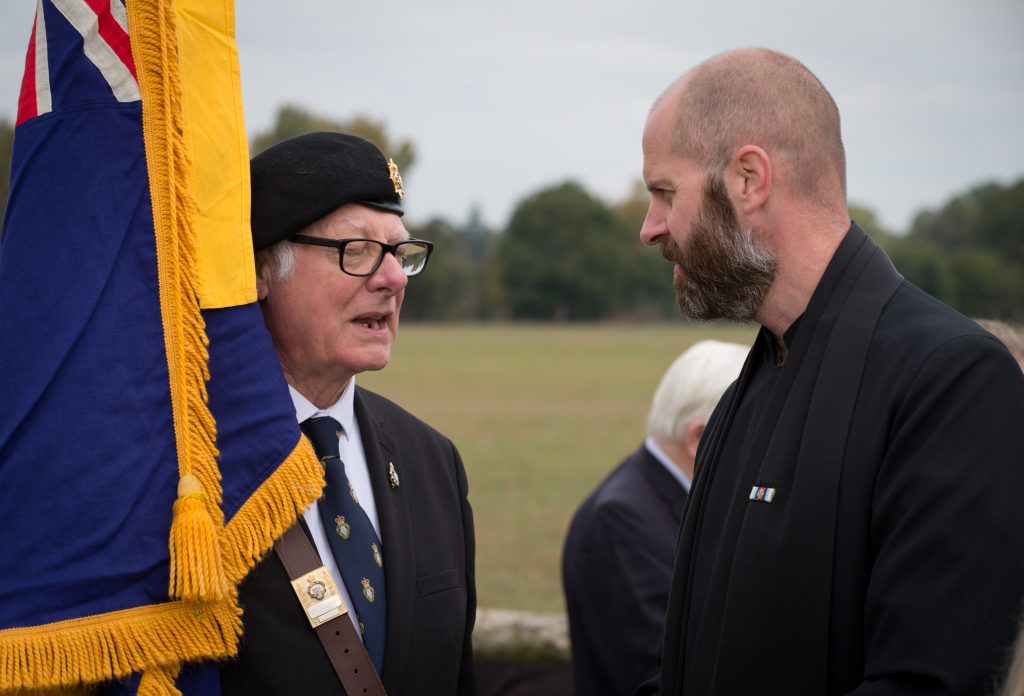


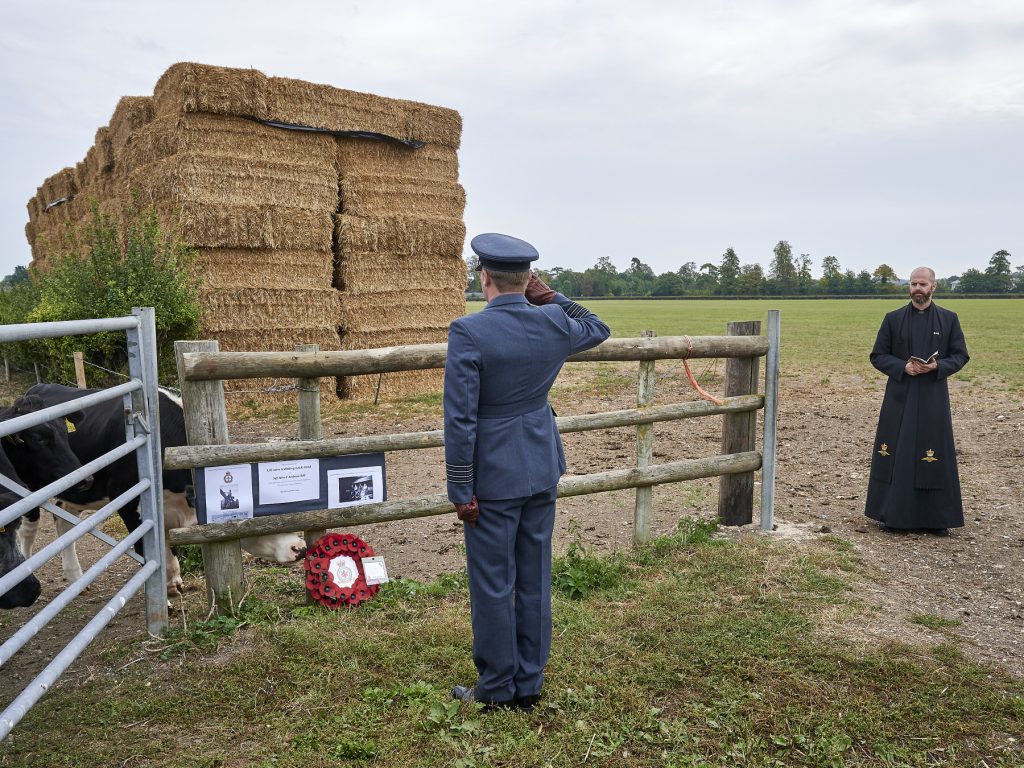
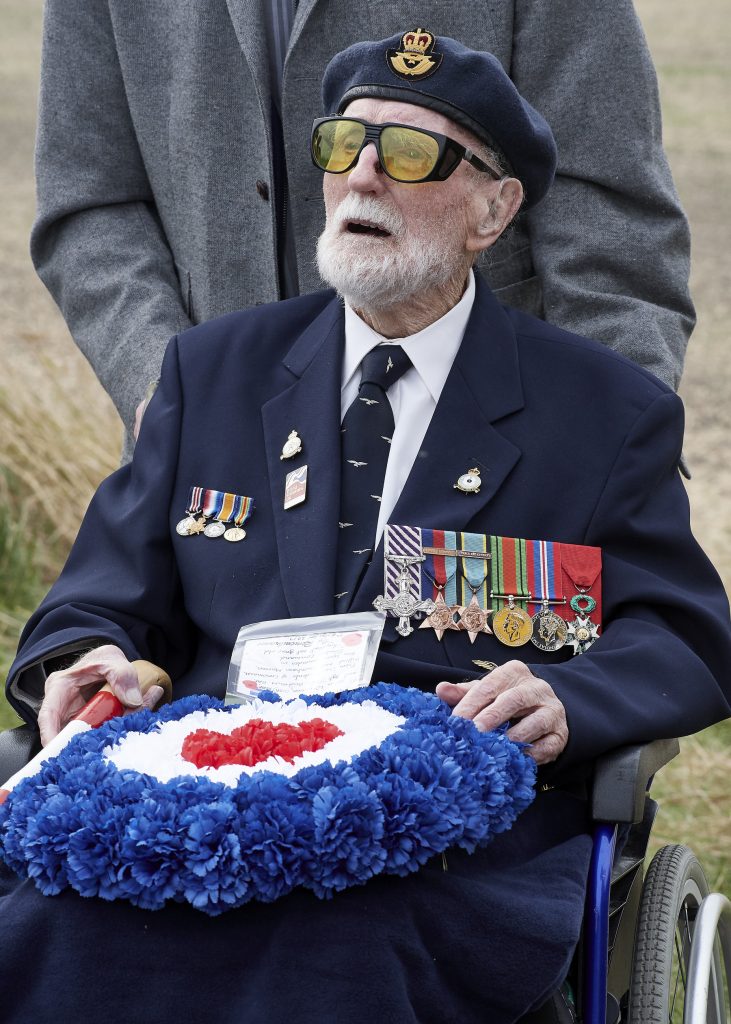
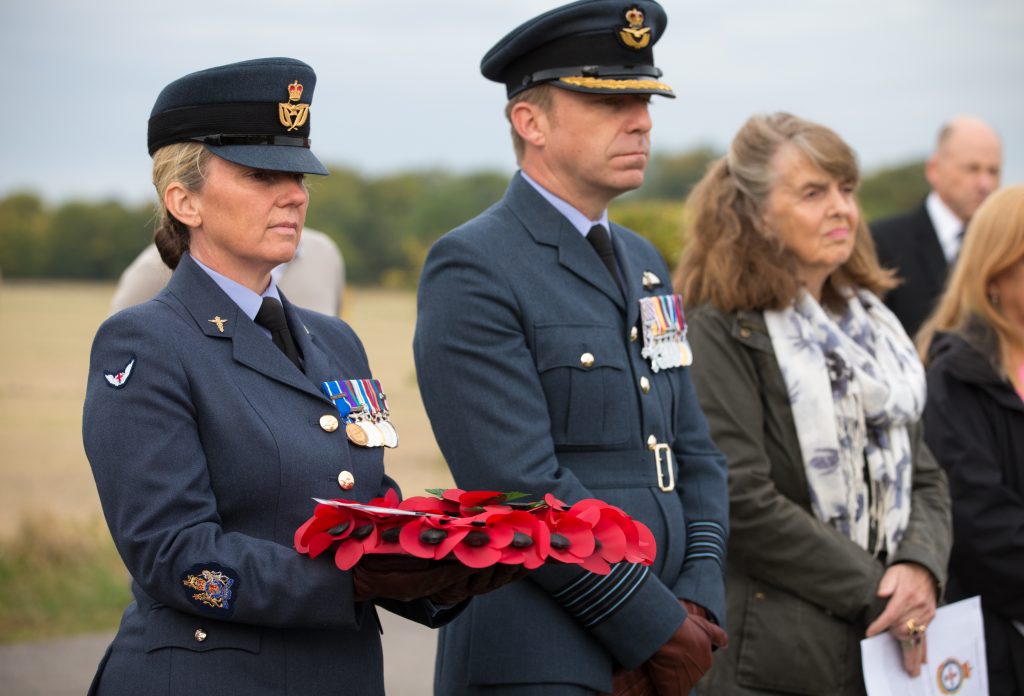

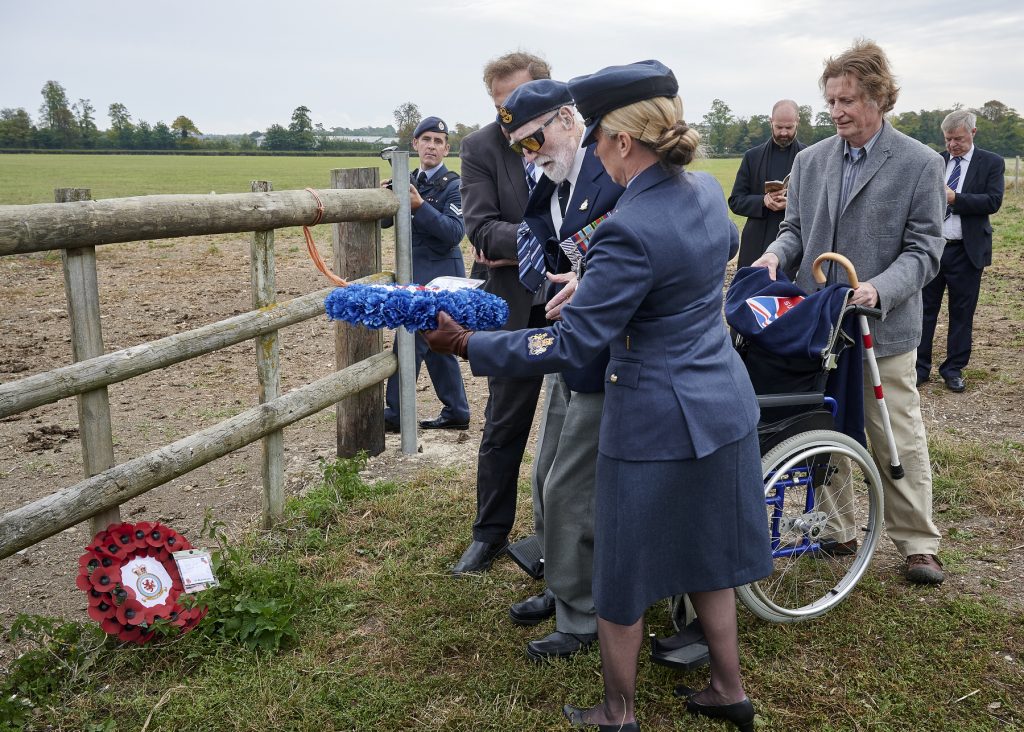

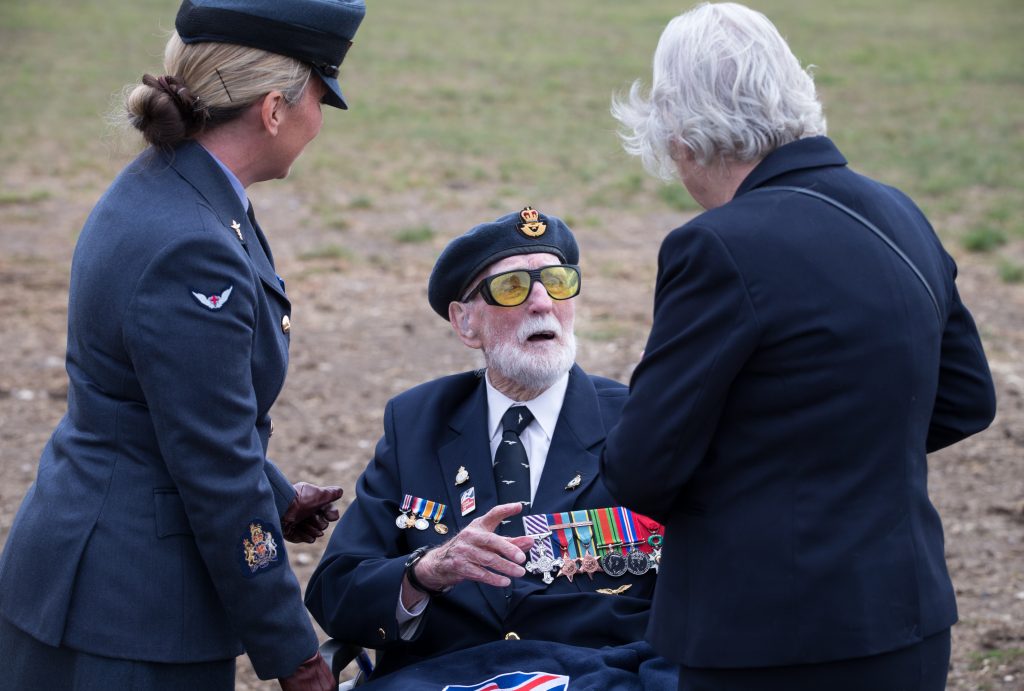
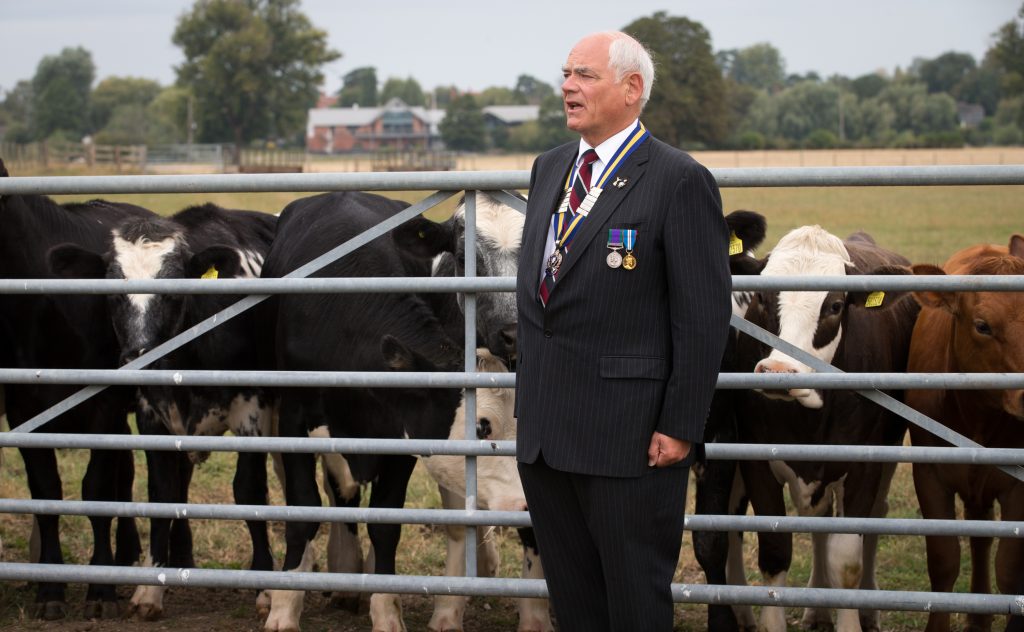
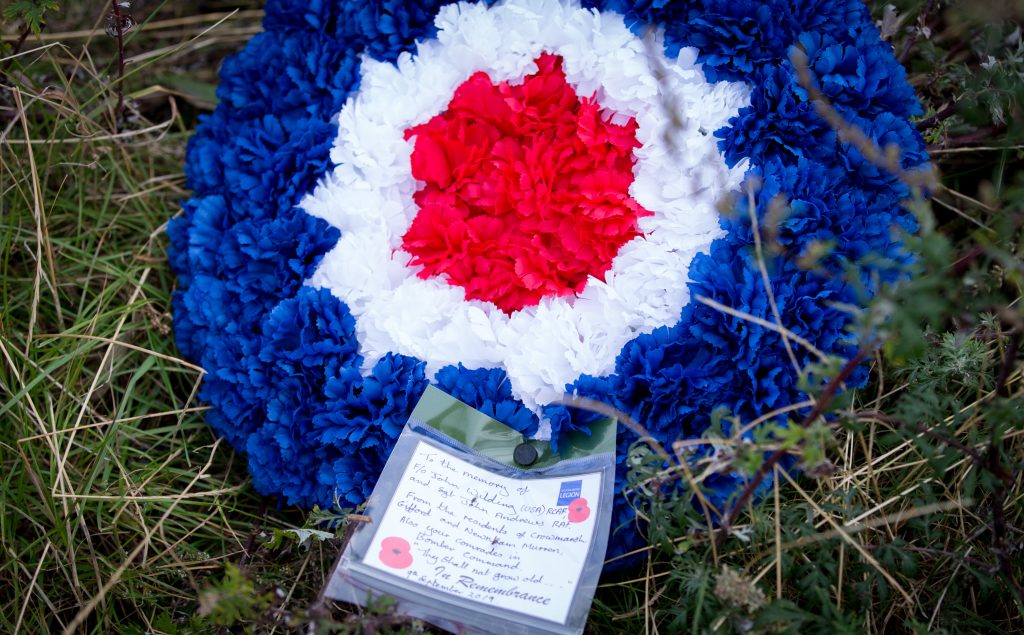

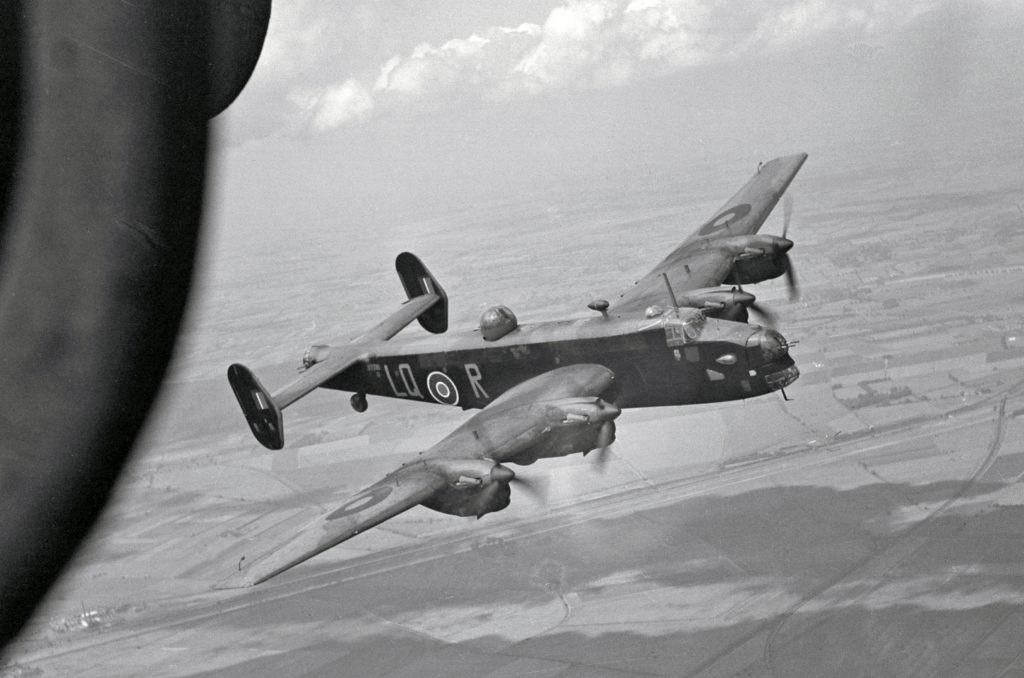
The loss of Halifax VII, NP681 of 426 (Thunderbird) Squadron RCAF.
The Aircrew
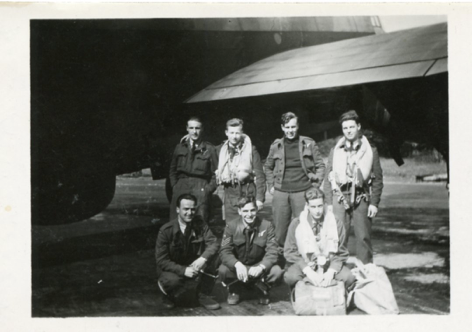
The Mission to Le Havre
This aircraft took off from Linton-on-Ouse, Yorkshire at 0621 hrs on an operational mission to Le Havre, France in support of Allied ground forces besieging the port. At 0812 hrs when over the target area the order to abandon mission was received and the pilot headed back to base.
Bombs jettisoned into The Channel
As the aircraft was overweight for landing four 500 lb bombs were jettisoned into the Channel. At 0855 hrs, while approaching Reading at a height of 10,000 feet the bomb aimer took over the controls and a few moments later the mid upper gunner reported that black smoke was streaming from the port inner engine. Shortly before 0900 hrs the rear gunner saw that the port outer engine was smoking and this was followed by a streak of dull red flame from below the engine.
The Order to Abandon the Aircraft
The pilot immediately took over the controls and instructed his crew to prepare to abandon the aircraft. At 0902 hrs the port outer engine was well alight and the pilot gave the order to abandon the aircraft. A few seconds after five of the crew baled out the port wing broke away at a point outboard of the port inner engine and the port outer engine became detached. The aircraft rolled onto its back and dived into the ground.
Meet the Crew
Pilot: F/O Johnny A Wilding (USA) RCAF. +.
Skipper, Johnny Wilding, a young man (23) from The Bronx, New York City. There was just Johnny, his mother and two sisters in the family. Johnny enlisted with the United States Air Force, took some flying training but was washed out. Not to be deterred he came up to Canada and enlisted with the Royal Canadian Air Force. He graduated with his wings and the crew first met at a flying school in the middle of England, where the pilots assembled crews and converted to four engined aircraft.
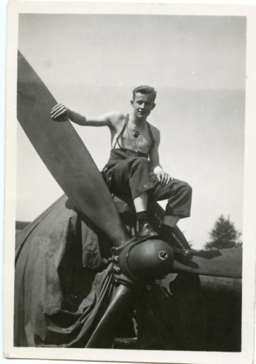
Navigator: F/O Edward N O’Meara RCAF.
Navigator; that’s me. In civilian life I worked in the Head Office of the Metropolitan Life Insurance Company. I also had visions of becoming a pilot. I signed up as aircrew and did basic training at Lachine, Quebec. My first move was to Dunnville, Ontario. From there I was posted to Initial Training School at Toronto, Ontario; big deal, aircrew advancing this far were allowed to wear a white flash in the brim of your wedge cap. On graduation we were sorted out according to current needs and I was selected to train as a navigator. Upon receiving my wing as a navigator I received my commission as a Pilot Officer and after a short time went to Halifax, Nova Scotia and within a few days I was on my way to England on the Queen Elizabeth, with about 20,000 troops on board. We landed on the Clyde, close to Glasgow and boarded a train to Bournemouth and from there for further training at Millom, on the west coast; when we arrived it was raining and two weeks later it was still raining. I was then posted to the Conversion Unit; this was the first meeting of all the aircrew trades.
Bomb aimer: F/Sgt Robert Irving RCAF.
Mid upper gunner: F/Sgt Grant W McCreary RCAF.
Rear gunner: F/Sgt Pete W MacKay RCAF.
Our rear-gunner was Pete MacKay. Pete was a live wire with a difference. I loved to listen to his exploits as a jockey, small of stature and well built. He was married and had one daughter.
Wireless op: F/Sgt R Thorb (Tommy) Thompson RCAF.
Our wireless operator was Thorb “Tommy” Thompson. Tommy was highly skilled in his trade and a married, no nonsense person who wrote faithfully to his wife in his spare time. In civilian life Tommy was a grain elevator operator in Saskatchewan.
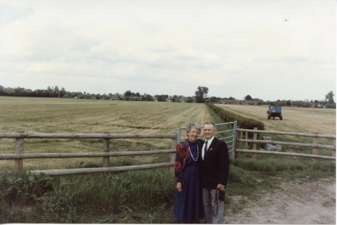
Flight Engineer: Sgt John F Andrews RAF. +.
The letter from Johnny Wilding’s mother
The letter from John Andrew’s father.

The Halifax Mk VII.
Following the court of inquiry into the reasons why Halifax NP681 crashed, it was assumed that one of the studs holding down the on the port outer engine cylinder number 7 had failed, causing other studs to fail and the loss of the cylinder. The fuel continuing to flow had caught fire, causing the wing to burn through.

Click to see full BMMHS event listing pages.
Contact us at info@bmmhs.org
Copyright © 2024 bmmhs.org – All Rights Reserved
Images © IWM & NAM
